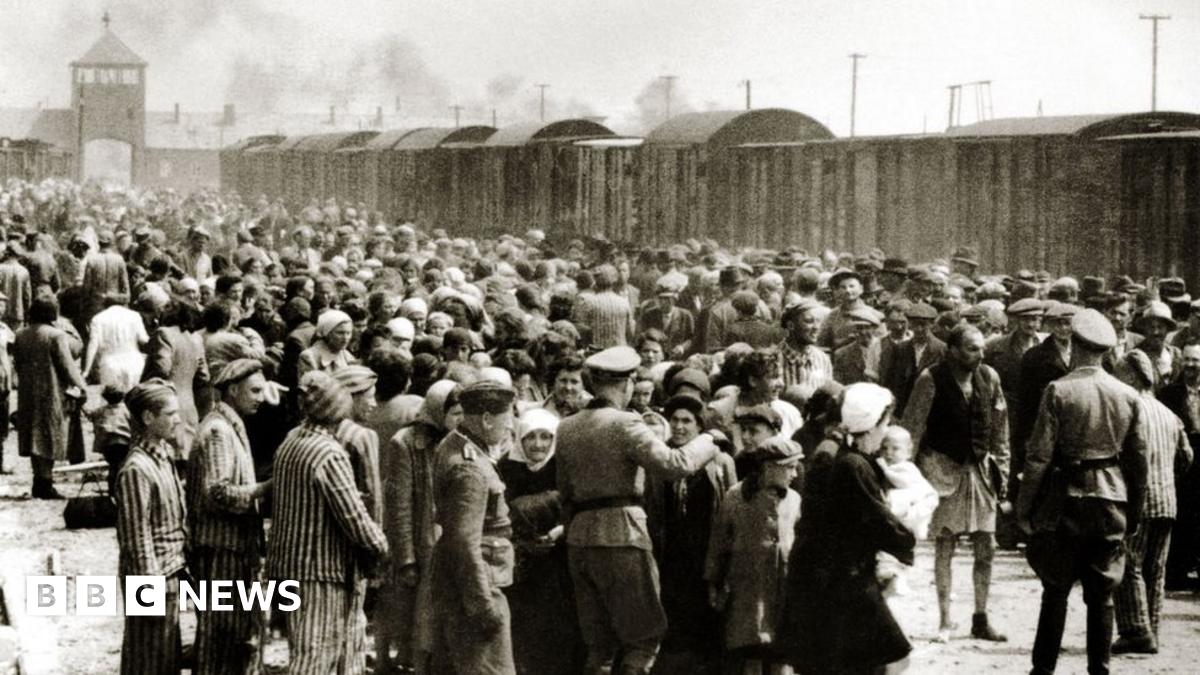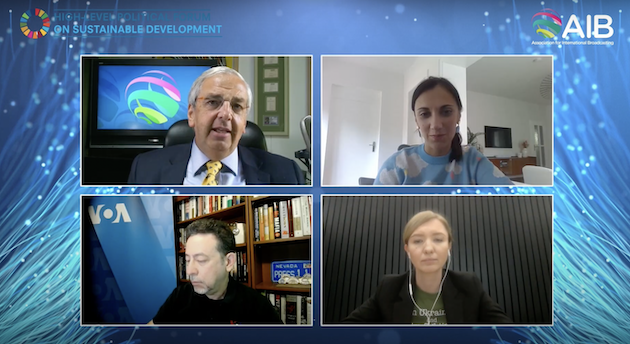Auschwitz: How death camp became centre of Nazi Holocaust
It was 80 years ago that Soviet troops liberated the Nazi death camp at Auschwitz-Birkenau. Some of the last survivors will be joined by world leaders on Monday, to commemorate the 1.1 million people murdered there.
The remaining survivors are now mostly in their 90s and this might be the last year any of them can attend.
In just over four-and-a-half years, Nazi Germany systematically murdered at least 1.1 million people at Auschwitz, built in the south of occupied Poland near the town of Oswiecim.
Auschwitz was at the centre of the Nazi campaign to eradicate Europe’s Jewish population, and almost one million of those who died there were Jews.
Among the others who lost their lives were Poles, Roma and Russian prisoners of war.
By the time the Red Army cautiously entered Auschwitz on 27 January 1945, only about 7,000 prisoners remained. Tens of thousands of others had already been forced to leave on foot on “death marches” as the Nazis retreated west.
Italian prisoner Primo Levi was lying in a camp hospital with scarlet fever when the Soviet liberators arrived.
The men cast “strangely embarrassed glances at the sprawling bodies, at the battered huts and at us few still alive”, he would later write in his Holocaust memoir The Truce.
“They did not greet us, nor did they smile; they seemed oppressed not only by compassion but by… the feeling of guilt that such a crime should exist.”
“We saw emaciated, tortured, impoverished people,” soldier Ivan Martynushkin said of liberating the death camp, external. “We could tell from their eyes that they were happy to be saved from this hell.”
Check out our Latest News and Follow us at Facebook
Original Source







